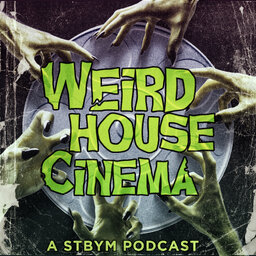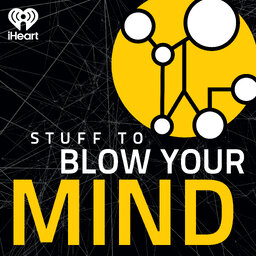Asgardians: Odin, with George O'Connor
In this episode of Stuff to Blow Your Mind, Robert chats with author and illustrator George O'Connor, creator of the popular Olympions graphic novel series, about his new venture into the world of Norse mythology, beginning with “Asgardians: Odin,” out now in all formats.
 Stuff To Blow Your Mind
Stuff To Blow Your Mind


